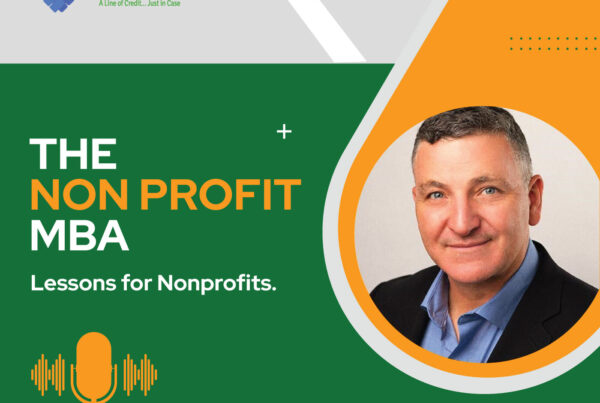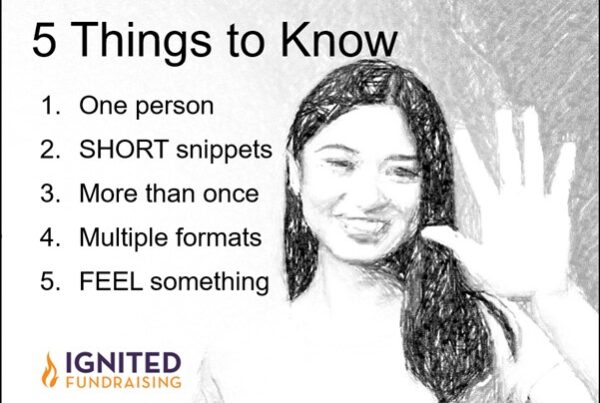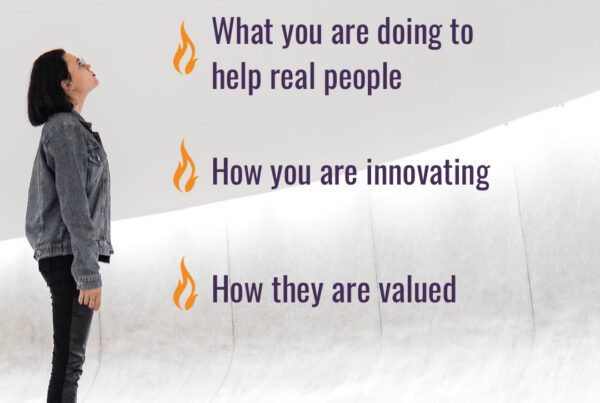If personal communication is the most effective, and by personal I mean face-to-face or via phone, what are we supposed to say when we talk with our supporters? Especially a donor we have never talked to before.
I’m often asked for a script when board members or long-time donors take on the task of re-engaging with their donor community. Hopefully you can’t see me wrinkling my nose right now. I don’t like or believe in scripts when phoning or connecting with people who have already given you an indication they support your work.
What I do believe in is being authentic, having an actual conversation. Learning more about the other person and building on what we already know. Like, “Hi Lori, I see you have been a supporter of ours for over nine years! That’s really amazing and we so appreciate it. Do you remember why you started giving to us in the first place?”

When you are talking to a supporter, I coach people that the most important thing is to make sure you spend at least 50% of the conversation listening.
If you really need a “script” here’s my suggested frame work for any and all communication – written, verbal, online, on the phone, you name it. After you’ve done the perfunctory hello and how are you use this framework:
What’s working well at your organization? Some short example of how your work is making a difference in the life of a real person. Example: “Did you know we just served our 10,000th meal?”
What’s missing? Are you turning people away due to limited hours caused by budget cuts? Would more volunteers make a difference? Is there a funding gap you are working to eliminate? Where could I, listener, fit in to help? Example: “As a long-time supporter I’m sure you’d want to know that it takes hundreds of volunteers to do our work and we hope you’ll spread the word that our Monday morning time slot to fill food boxes is always in need of more assistance.”
Share a story that is warm, short and paints a picture of your work. A story or mission moment that causes people to FEEL something. For more information about these check out this Mission Moment post from January 2012.
This framework can be followed in no specific order. But remember, if you really, really want to engage your supporters more deeply, ask THEM a question about what’s working or what’s missing in their life. Get them talking to you so you can learn more about what makes them excited to support you. Have an authentic, back and forth conversation with someone who shares your passion for the work of your organization.
And then you can do the most important part of communication: Listen.






